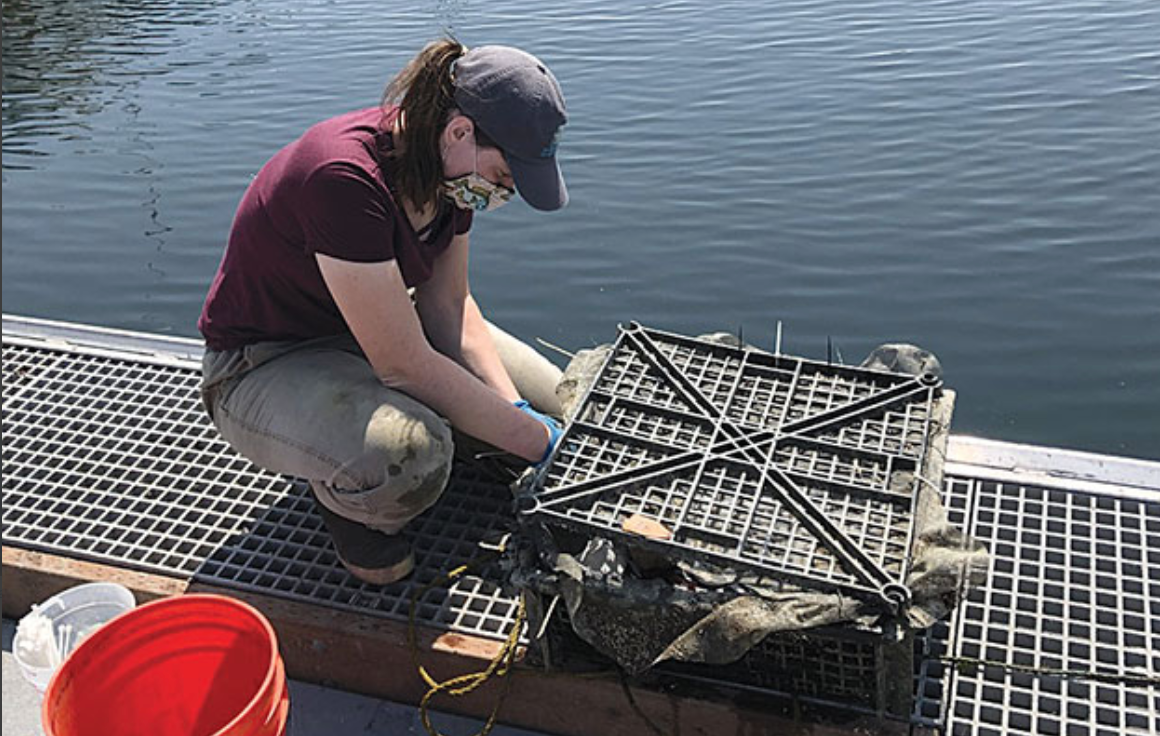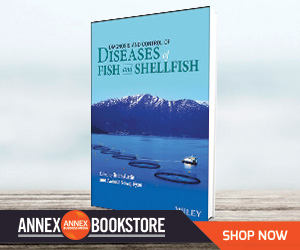| |
| |
 |
| |
 |
|
@{mv_date_MMM d, yyyy}@ |
|
| |
 Mowi Canada West is taking to the courts to challenge the salmon farm closures in the Discovery Islands in British Columbia.
» Read more
Mowi Canada West is taking to the courts to challenge the salmon farm closures in the Discovery Islands in British Columbia.
» Read more
Another aquaculture group is adding its voice to the growing clamour in the industry for the federal government to re-examine its stance on the future of aquaculture in Canada.
» Read more
The US Food and Drug Administration’s proposal last September to require additional traceability recordkeeping is likely to change how shellfish farmers and distributors tag and track crops. The FDA is taking comments until January 21, 2021.
» Read more
|
| |
|
| |

In aquaculture facilities, centralized water quality monitoring systems have many benefits. However, there are also drawbacks to having everything controlled at one location; namely, it is a major vulnerability if the system fails. Long-time field service engineer, Kurt Lang, has seen a range of these types of system failures and they often lead to catastrophic losses. This is the primary reason InWater Technologies has adopted the Point4 Remote Interface Unit (RIU) which stores the critical set-points locally so that in the event of a system failure, the water quality in each tank continues to be maintained. Multiple RIUs can also be easily incorporated into a larger InWater monitoring system or the facility’s SCADA system.
>> Learn More |
| |
|
| |
 Researchers in Washington State are learning more and more about growing a species largely unknown in North America but prized in Chinese markets: the sea cucumber.
» Read more
Researchers in Washington State are learning more and more about growing a species largely unknown in North America but prized in Chinese markets: the sea cucumber.
» Read more |
| |
 The continued growth of the United States’ aquaculture industry relies on improving access to foreign markets through trade and policy negotiation, resolving technical barriers to the US seafood exports, and supporting fair market access for US seafood products, says the National Aquaculture Association.
» Read more
The continued growth of the United States’ aquaculture industry relies on improving access to foreign markets through trade and policy negotiation, resolving technical barriers to the US seafood exports, and supporting fair market access for US seafood products, says the National Aquaculture Association.
» Read more |
| |
 |
 |
| |
|
| |

Diagnosis and Control of Diseases of Fish and Shellfish focuses on the diagnosis and control of diseases of fish and shellfish, notably those affecting aquaculture. Divided into 12 chapters, the book discusses the range of bacterial, viral and parasitic pathogens, their trends, emerging problems, and the relative significance to aquaculture. Developments in diagnostics and disease management, including the widespread use of serological and molecular methods, are presented. Application/dose and mode of action of prebiotics, probiotics and medicinal plant products used to control disease are examined, as well as the management and hygiene precautions that can be taken to prevent/control the spread of disease.
>> Learn More |
| |
|
| |

|
| |
 |
 |
| |
|
| |

|
| |
| |












